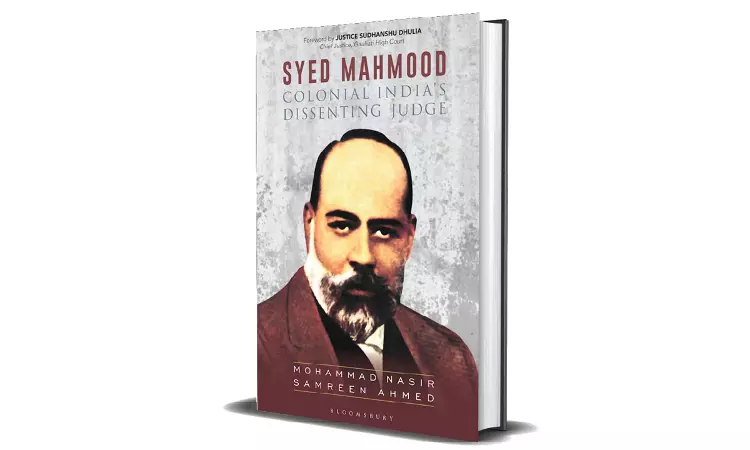A Man Of Many Parts: Book Review Of Syed Mahmood: Colonial India's Dissenting Judge
Amjed Ashraf Malla
1 July 2024 3:25 PM IST

Next Story
1 July 2024 3:25 PM IST
In the late 19th-century Colonial India, a district judge, in Raebareli, ordinarily delivered a judgment in the case of Deputy Commissioner Rae Bareli v. Rampal (1884). The judgment involved the interpretation of an issue relating to the law of Mortgages. The judgment was brimming with erudition and was so reasonably constructed that the members of the Judicial Committee of the Privy...
